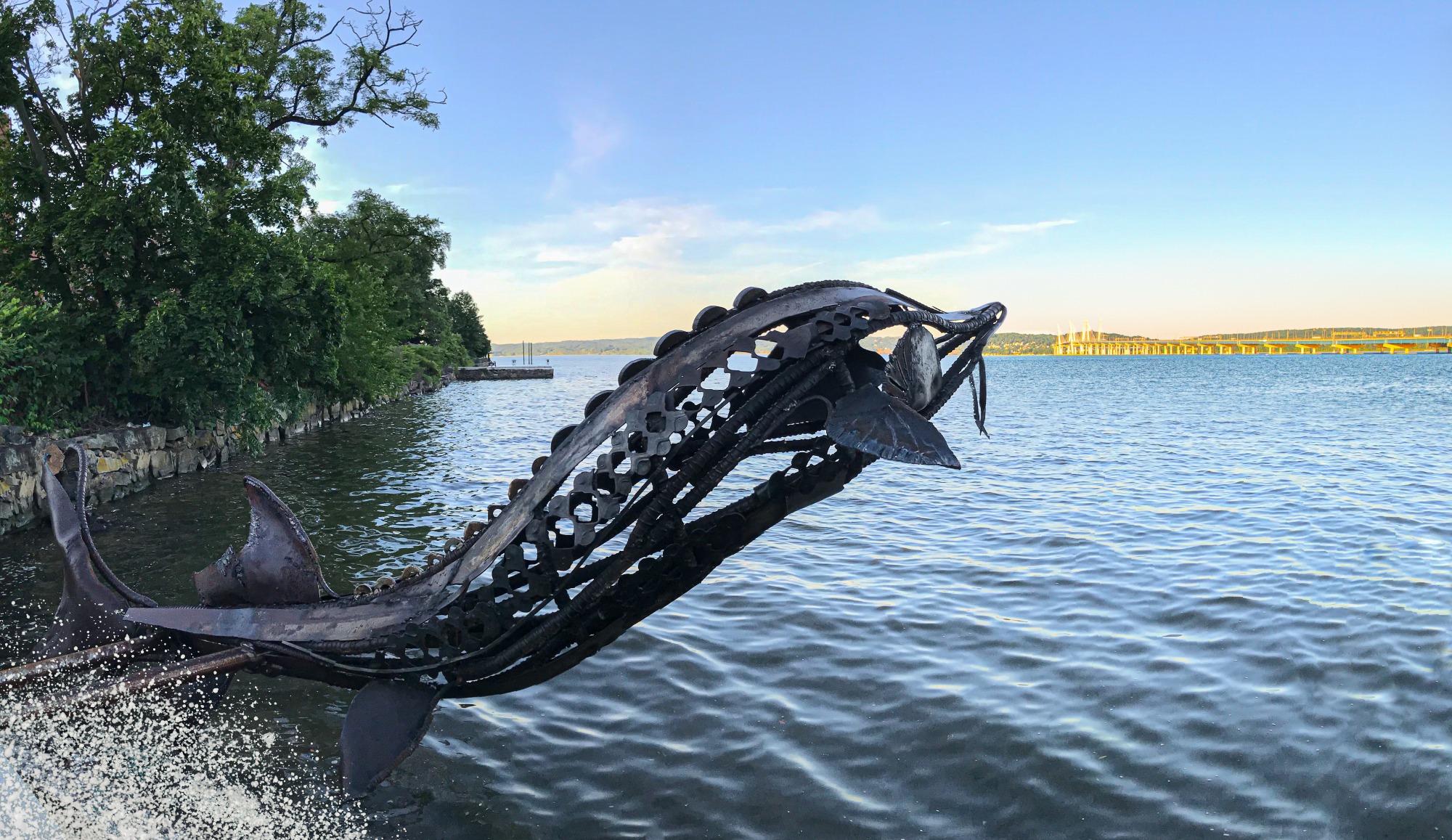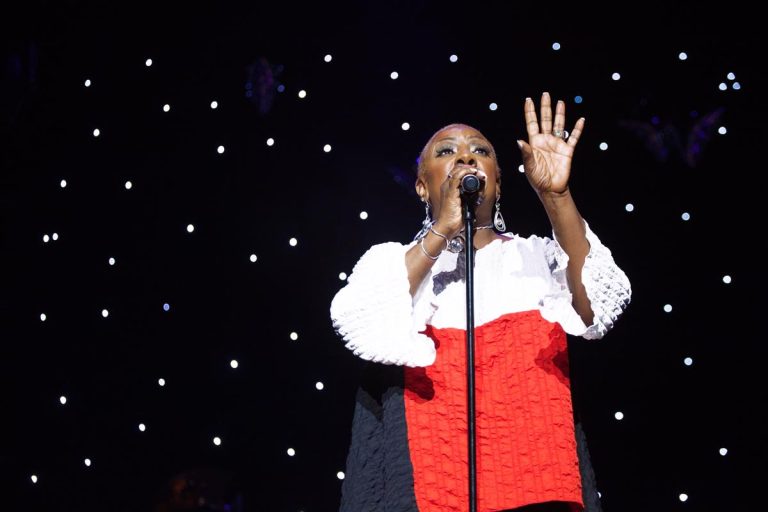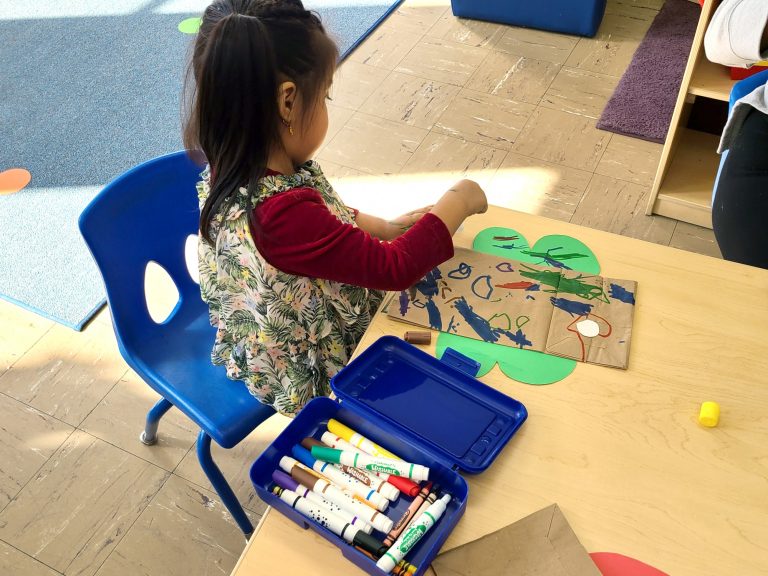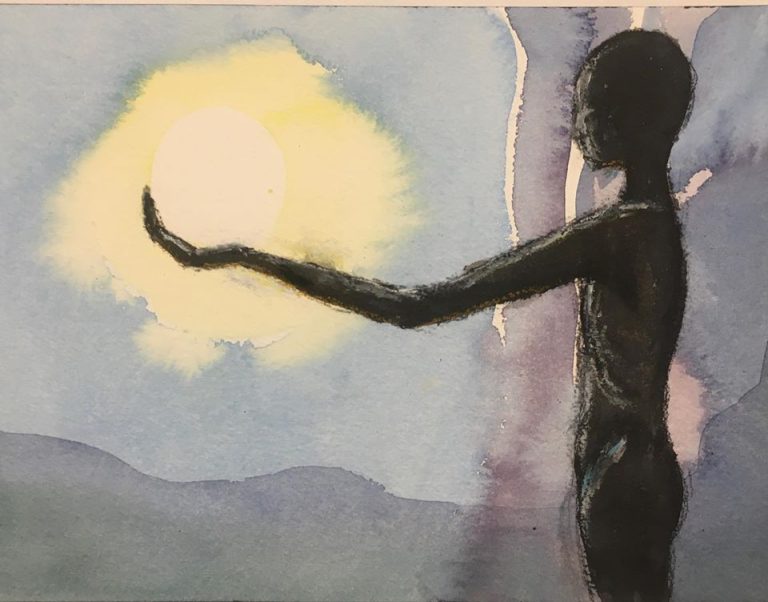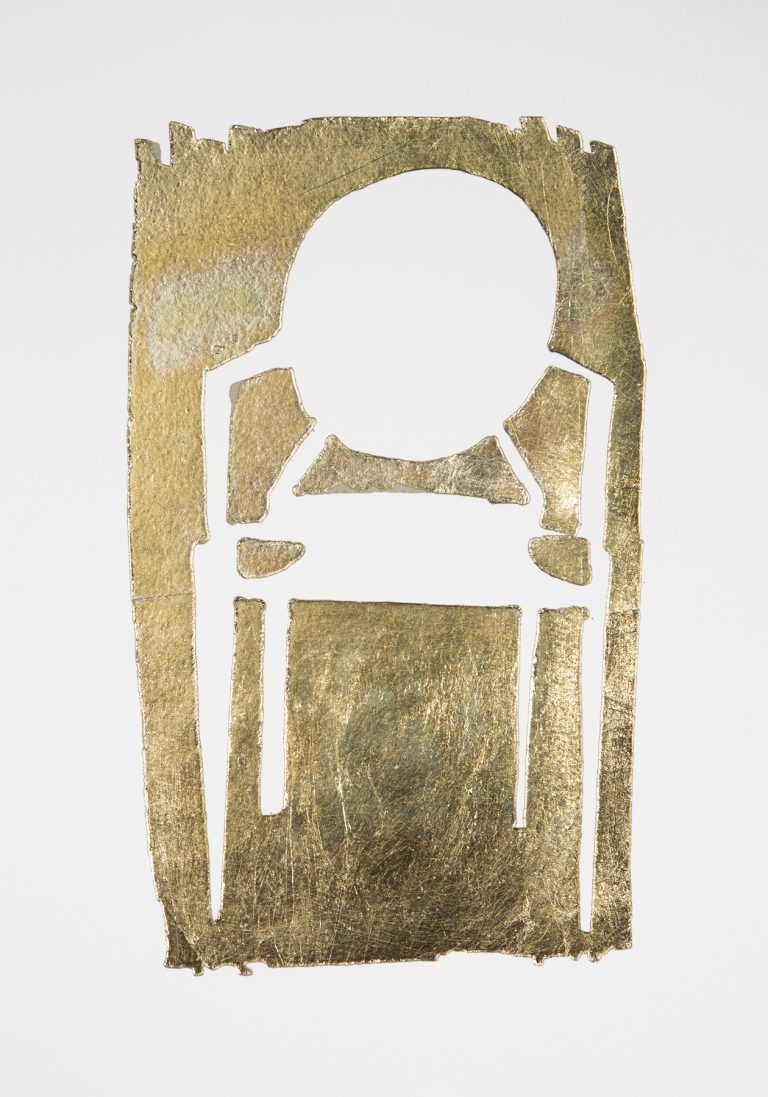Return of the Sturgeon
by Kathleen Reckling, Deputy Director of Public Programs, ArtsWestchester
Wendy Klemperer was on her way out to sea when she got the phone call. She had been awarded a commission for one of the 10 works of public art on the shared use path of the Gov. Mario M. Cuomo Bridge. Klemperer, who thinks of herself as a 19th century artist-explorer, has been to sea before. In fact, an artist residency, during which she studied deep water life aboard a scientific vessel, has influenced her current work. It is also what inspired Leaping Sturgeon, the sculpture that is now at the bridge, seeming to leap out of the landscape and into the Hudson River.
Her oceanic adventure was an opportunity for Klemperer to further delve into her two interests: art and the natural world. Her distinct body of work is comprised of dozens of life- and near-life-sized sculptures of animals in motion, all made from reclaimed metal. Her practice draws on her early experiences as both the daughter of scientists and as a student of biochemistry and molecular evolution.
“I see art and science as being very connected in many ways,” she says. “As a start, both are rooted in the observation of natural phenomena. But as a scientist, you have to take yourself out of the equation. As an artist, you are constantly part of the process, and that reinforces that we are living beings in a living world.”
Klemperer was commissioned to create a sculpture of an Atlantic Sturgeon in her signature style for the Rockland Outlook of the bridge’s path. Sturgeon were once abundant in the river’s waters, but were nearly lost due to overfishing. In 2012, it was added to the endangered species list; however, hope for the fish’s population came in 2018, when a 14-foot sturgeon was detected by sonar near Hyde Park. The siting indicated that the rigorous work of conservationists, and the partnerships among various state agencies including the New York State Thruway Authority, were successful in helping to bring the sturgeon back from the brink of extinction. Klemperer’s Leaping Sturgeon is a majestic 15-foot tribute to the species that has now become a symbol for New York State’s waterways.
The sculpture is comprised of reclaimed rebar and other metals from construction sites and junk yards, literally tons of which lay in organized piles in Klemperer’s studio “yards.” One of the distinguishing features of the sculpture is a row of diamond-like cutouts referencing the fish’s scutes, or bony plates, on its back. The steel had come into Klemperer’s possession over a decade ago when a buyer paid for a sculpture with, in part, scrap metal from her husband’s junk yard. Klemperer notes that “each piece contains a story about what it once was and where it came from.”
Standing at the edge of the overlook, the sculpture curves away from the shore and draws viewers toward the towers of the new bridge, which rise from the Hudson River at its widest part. Considering its subject and its materials, the sculpture is in many ways a dynamic symbol of possibility and regeneration.
A version of this article first appeared in the August issue of ArtsNews, ArtsWestchester’s monthly publication. ArtsNewsis distributed throughout Westchester County. A digital copy is also available at artsw.org/artsnews.

